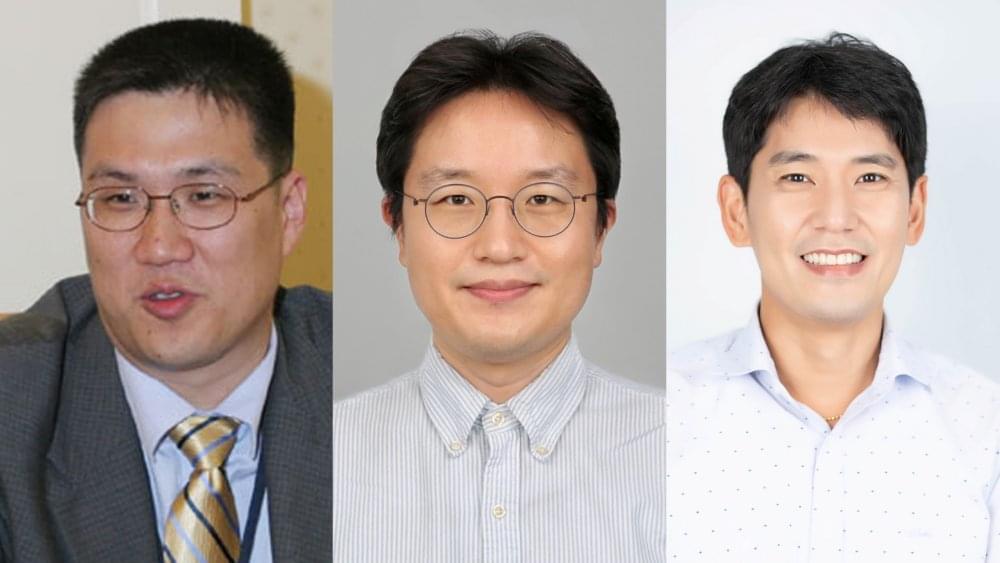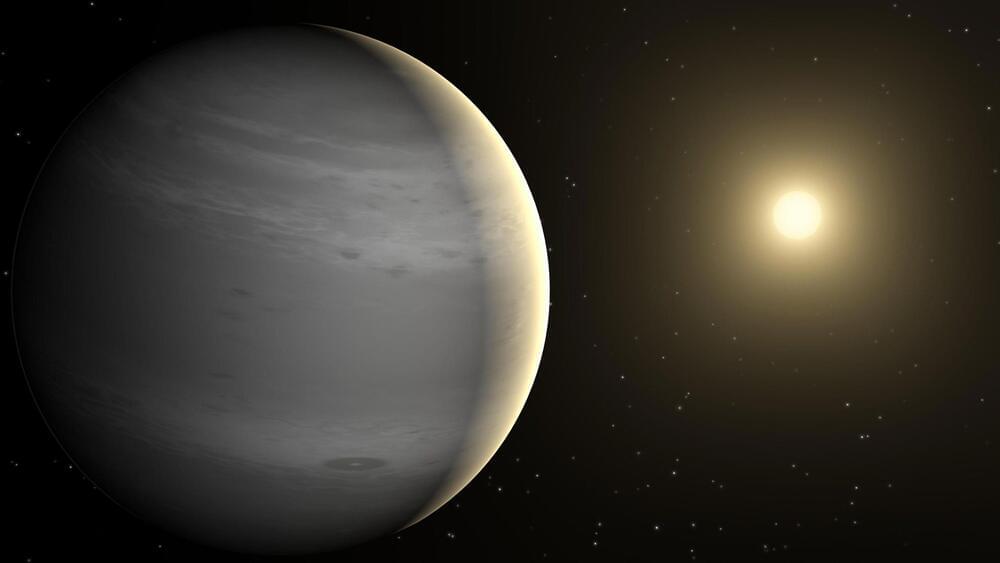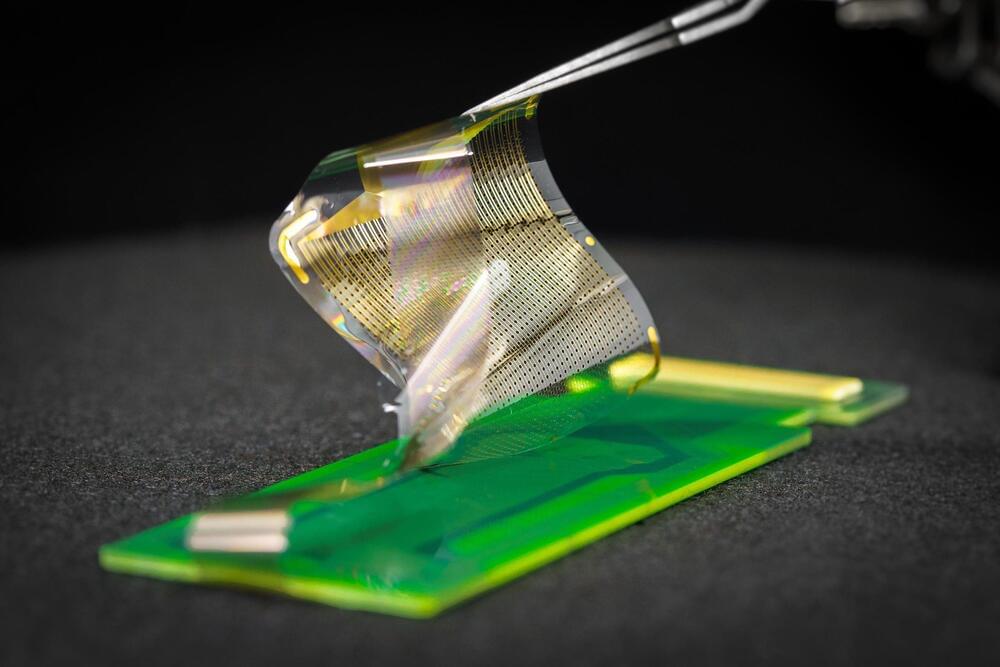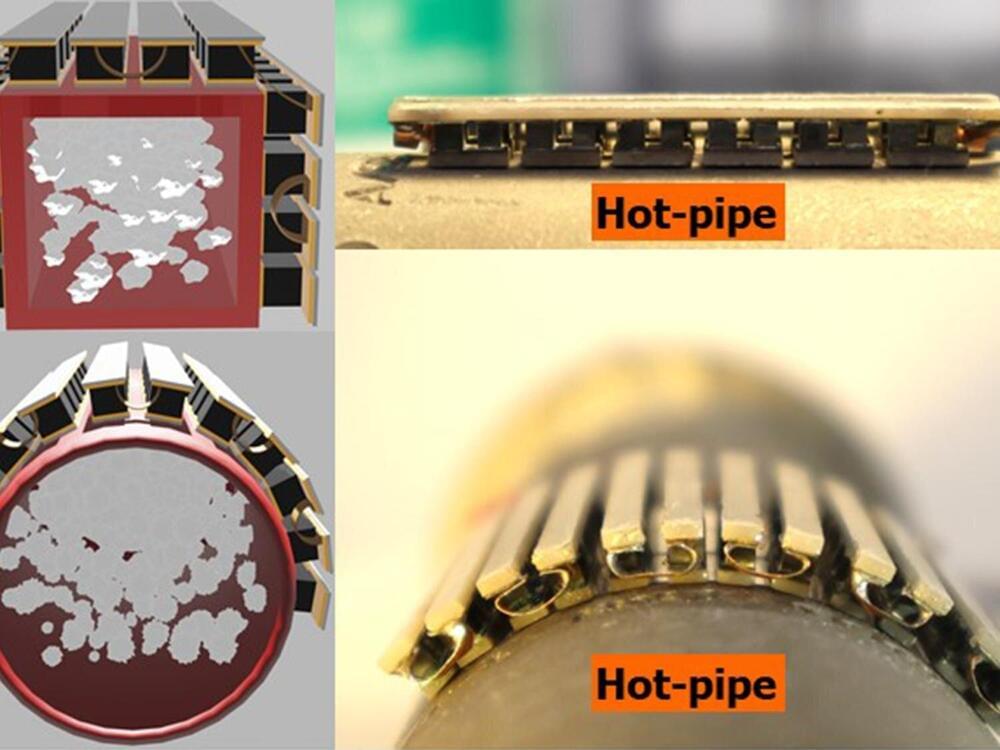
Samsung, the world’s biggest memory chip maker, has announced that it has become the first in the world to demonstrate the MRAM (Magnetoresistive Random Access Memory) technology for in-memory computing. The company’s paper on its innovation, titled ‘A crossbar array of magnetoresistive memory devices for in-memory computing,’ was published by Nature on its website, and its print edition is coming next.
The research was a collaboration between SAIT (Samsung Advanced Institute of Technology), Samsung Foundry, and Samsung Semiconductor R&D. Dr. Seungchul Jung (Staff Researcher at SAIT), Dr. Donhee Ham (Fellow of SAIT and Professor of Harvard University), and Dr. Sang Joon Kim (Vice President of Technology at SAIT) worked on the research.
Usually, data is stored in memory chips (DRAM) and processed by a CPU or an AP (Application Processor). However, data storage and computing happen on the same chip with in-memory computing. Since there is no need to transfer data from memory to the processor and vice versa, a lot of time is saved. Data processing inside the memory happens in a highly parallel manner, resulting in substantial power savings. Samsung claims that MRAM technology will be great for things like AI processing.


















